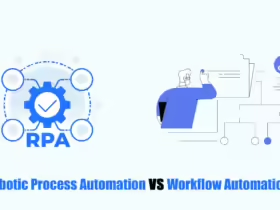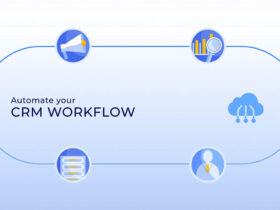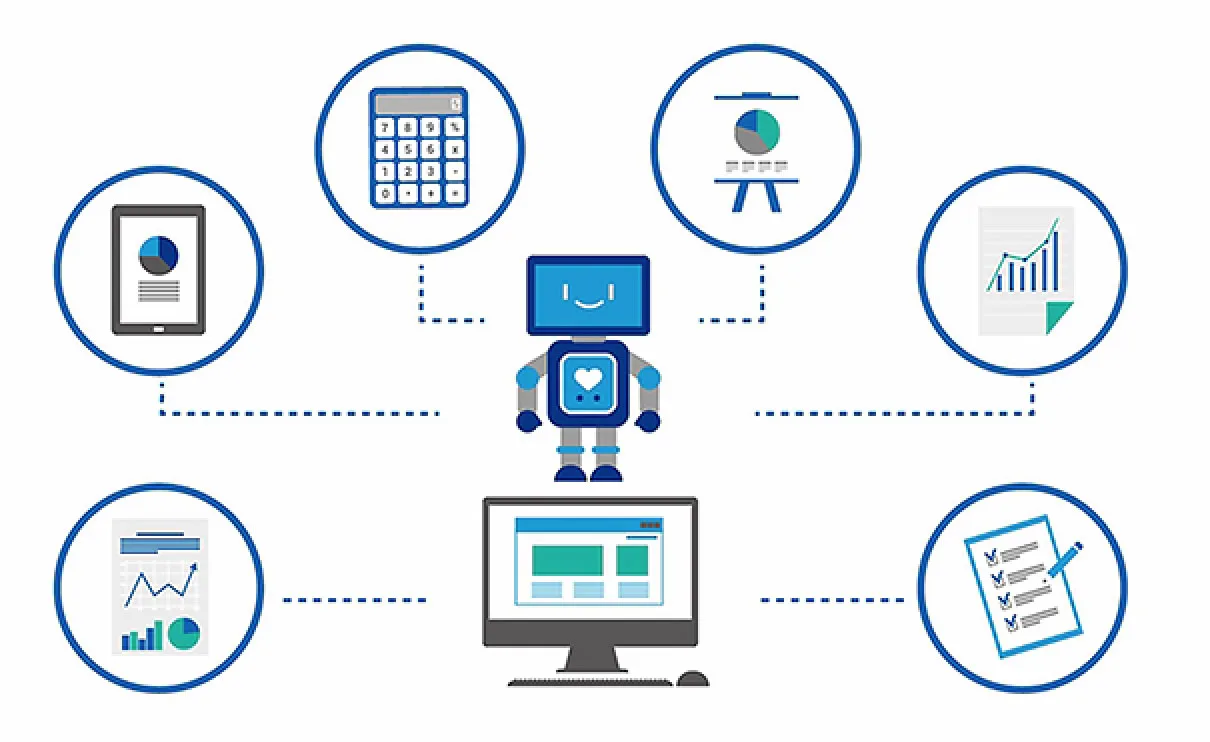Below are 17 types of software testing. Each type has its own functions and properties, find out the details below.
White Box Testing
White box testing techniques examine the internal workings of software, including analyzing the data structures, internal design, code structure, and how the software operates. This is unlike black box testing, which focuses only on the functionality of the software.
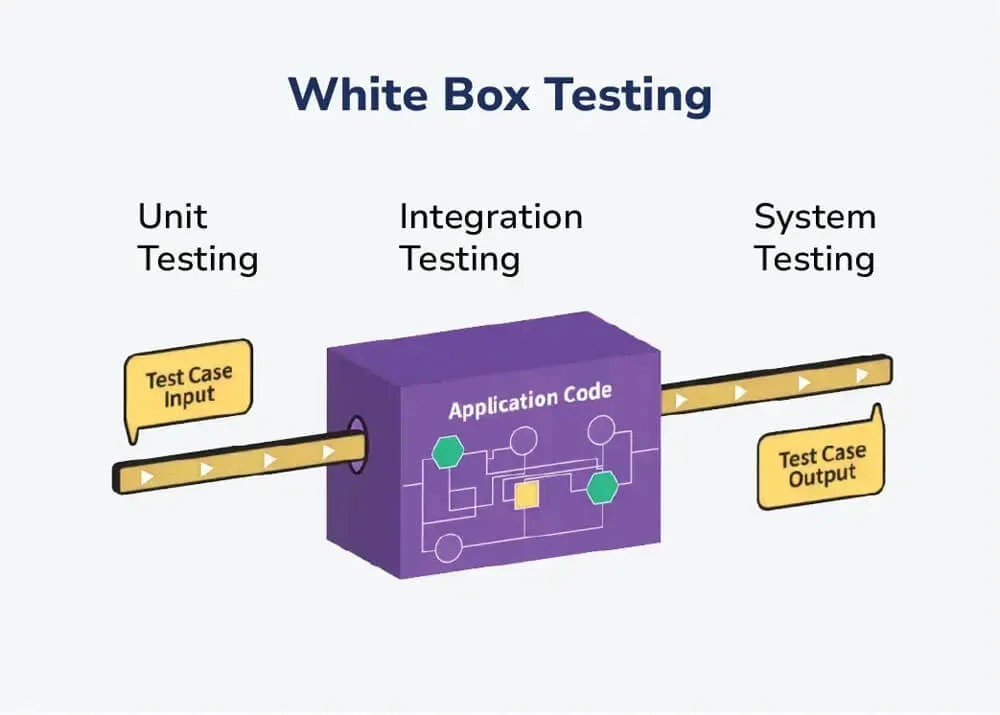
White box testing is also known as glass box testing, transparent box testing, structural testing, transparent testing, or open box testing.
Black Box Testing
Black box testing is a method of software testing where the tester does not need to know the internals or the process of building the software, but only focuses on its functionality. They only need to verify whether the software meets the given specifications.
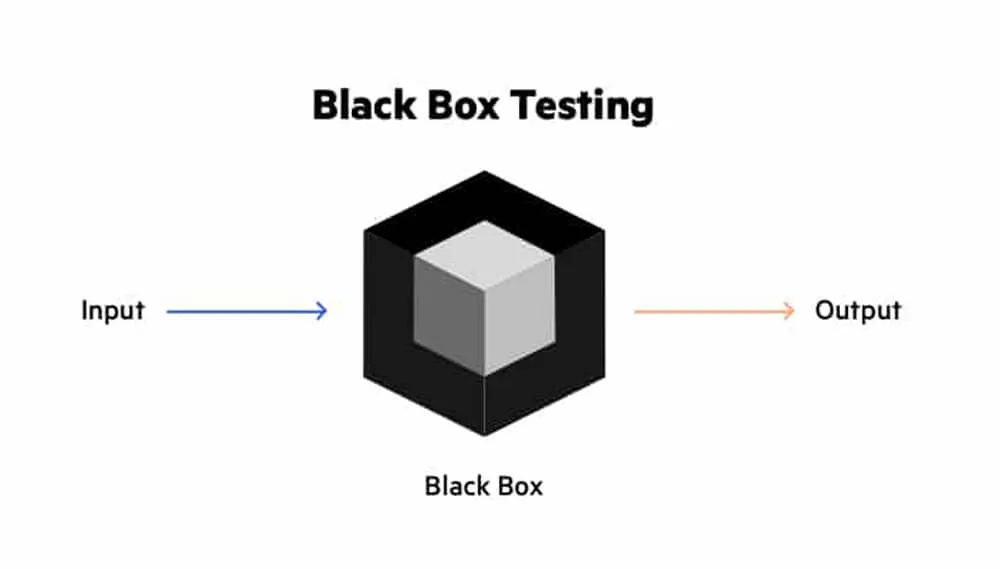
Functional Testing
Functional testing is used to verify whether the system meets its functional requirements. It ensures that the software meets its specifications and focuses on the results of software actions. It also simulates how a real user would use the system.
Unit Testing
Unit testing tests small parts of software. Developers do this to make sure each part works correctly. Unit tests are often automated. They test things like individual functions and are done early in the software development process, by testing only small pieces of code.
Integration Testing
Integration testing checks how different parts of the software work together, to ensure that the parts work as expected. It finds problems when the parts are combined. It is performed after unit testing, but before functional testing.
System Testing
System testing tests the entire software. It ensures that the software works and performs well. It checks whether the software meets the requirements and is ready for the users. It occurs after integration testing and before acceptance testing.
End-to-end Testing
End-to-end testing is used to test the entire software application from start to finish, including the application’s connections to external systems. This is to identify all system dependencies and ensure data integrity and communication with other systems, interfaces, and databases for full production.
Acceptance testing
Acceptance testing is a formal process of evaluating software based on the user’s needs, requirements, and business processes. It helps determine whether the system meets the acceptance criteria, allowing the user or customer to decide whether to accept the system.
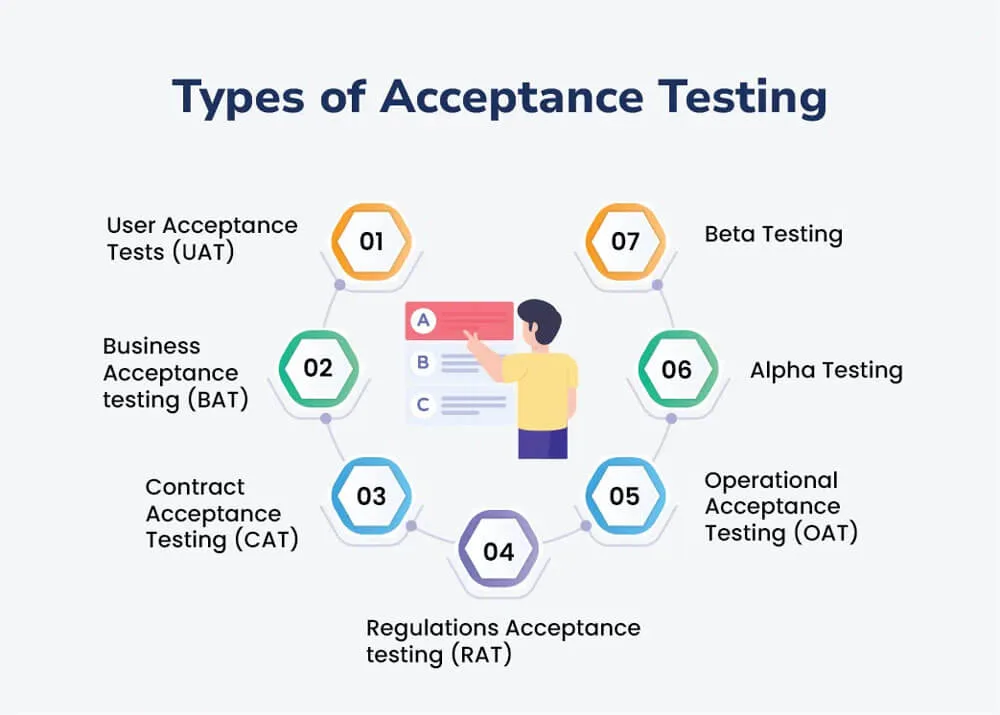
Non-functional Testing
Non-functional testing is used to verify the non-functional requirements of an application. This testing checks whether the system’s behavior meets these requirements. This testing covers aspects not covered in functional testing, such as performance, security, and usability.
Performance Testing
Performance testing focuses on measuring the performance and scalability of a software. Its goal is to identify potential bottlenecks, evaluate system performance under various loads, and ensure that the system can handle the expected number of users or transactions.
Usability Testing
When a product is fully developed, like a refrigerator, you want real customers to test it to see if it works and is ready for the market. Similarly, usability testing in software involves potential users testing the software before its official release. This process is an important part of the software development life cycle (SDLC).
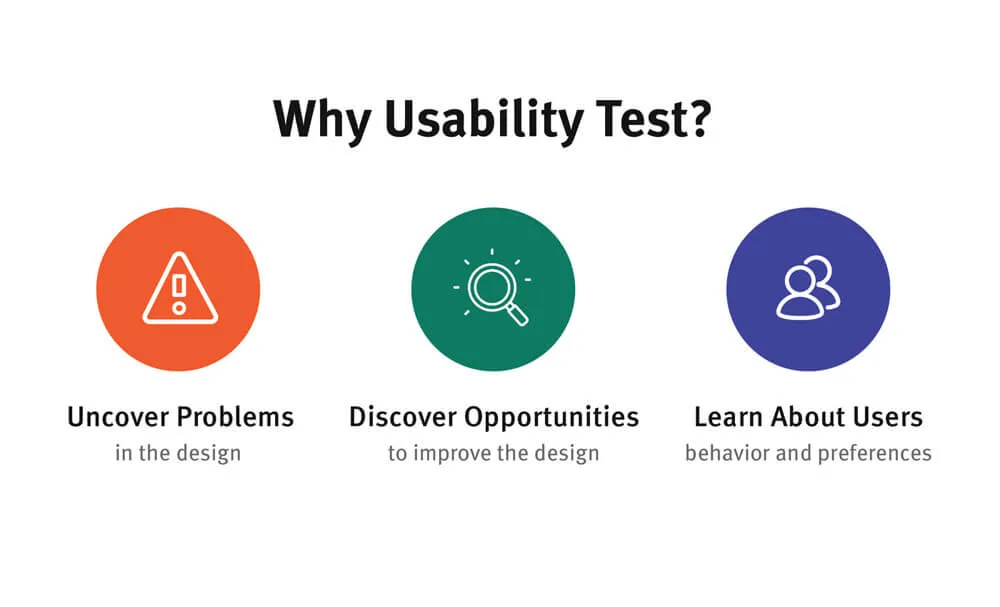
Compatibility Testing
Compatibility testing is a type of non-functional software testing that verifies that an application can run on different platforms and environments. This testing is conducted after the application reaches a stable state.
It basically confirms that the software works properly on different software, hardware platforms, browsers, and networks. This type of testing is important for product development and deployment as it helps avoid compatibility issues in the future.
Gray Box Testing
Gray box testing is a software testing method that uses parts of both black box and white box testing.
Smoke Testing
Smoke testing is performed to determine if the software under test is stable and ready for further testing. This is a preliminary test to ensure that the software does not have serious errors like catching fire or smoking when first used.
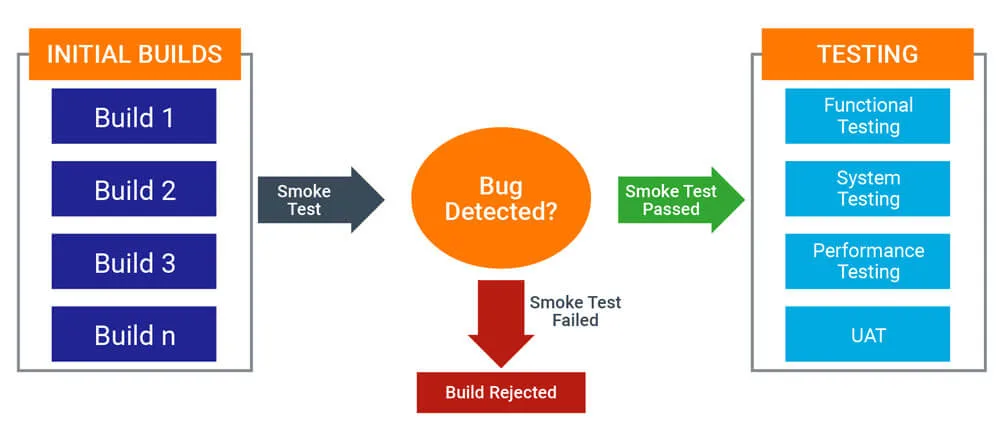
Regression Testing
Regression testing is used to check that recent code changes have not negatively affected the existing functionality of a software application. It verifies that the software still works correctly after an update or bug fix.
Sanity Testing
Sanity testing is a subset of regression testing. Its purpose is to ensure that recent code changes are working properly and to determine whether the build is stable enough to proceed with further testing. In this testing, the team focuses on validating the core functionality of the application, rather than performing exhaustive testing.
Sanity testing is typically used when a build, such as a critical bug fix, requires immediate deployment to production.
Security Testing
Security testing aims to find vulnerabilities in a system and determines that the data and resources of the system are protected from potential intruders. This testing ensures that the software system and applications are free from any risks and weaknesses that may lead to loss of information or damage to the reputation of the organization.
Conclusion
Besides the 17 types of software testing that I mentioned above, there are still many other types of testing such as Load testing, Stress testing, Alpha testing, Beta testing, User Acceptance testing,… used for different purposes and functions. You can learn more!



